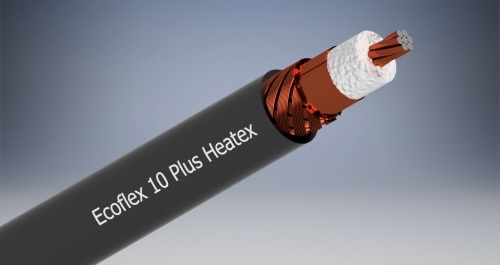I don't know the type as pictured, but I've frequently used twin core microphone cables similar in construction (braided screen and sometimes an extra inner shielding layer as here) for RCA interconnects. The two inners I connected as 'hot and return' and the shield was connected at one end to the 'return' and soldered to the 'outer' of the RCA plug. Works for me... Obviously fine for balanced XLR use as originally intended.
Some interconnect makers twisted the two inner cores together, using both as 'hot' with the shield/screen as return as is conventional for RCA plugs but I believe it fecks with the capacitance.
Thickest coax I ever used (and I still have them although almost impossible to use as they hardly bend) was an install cable called Ecoflex 10 (flex, my a***e

). I imagined it had a refined 'clean' sound with no splatter or splash on cymbals and so on. Finding an RCA plug to take the 10+mm outer diameter was an issue and I eventually found one but had to ream the shell out a bit more. To be honest, an Amazon basics RCA (double screened I gather and a good 'wire' inside the basic looks) is just as good subjectively for audio frequency use and only costs a few quid...
Latest version of the Ecoflex 10 -
Ecoflex 10 Plus Heatex is a halogen-free and flame-retardant coaxial cable for use in buildings, plants, ships and hazardous areas. The strong increase in demand for low-loss cables, which meet all the relevant requirements with regard to flame retardancy and low emissions in the event of fire...

www.ssb.de
These days I use whatever I can find in my substantial cables box that is the right length and my gawd, I have a goodly few I've made up over the years



